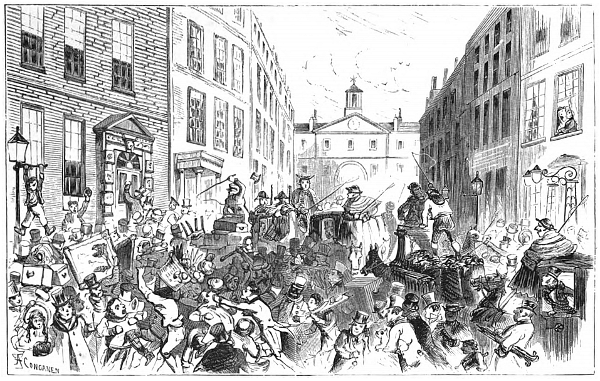
Despite being a Pulitzer Prize-winning poet, Wallace Stevens held down a full-time career as an insurance lawyer. He took a job at the Hartford Accident and Indemnity Company in 1916, at age 36, and worked there until his death in 1955.
He composed his poems on hour-long walks that he took during his lunch break, stopping periodically to scribble lines on the half-dozen or so envelopes that were always in his pockets. He would also pause occasionally at work to record fragments of poems, which he kept filed in the lower right-hand drawer of his desk. Then he would hand the collected fragments to his secretary for typing.
He was promoted to vice president in 1934 but declined all further opportunities for advancement. His colleagues knew of his poetry, but he avoided talking about it, and he earned a reputation as “the grindingest guy … in executive row”: Working diligently and largely alone, he came to be considered “the dean of surety-claims men in the whole country” and “absolutely the diamond in the tiara” of his company.
“I find that having a job is one of the best things in the world that could happen to me,” he once wrote. “It introduces discipline and regularity into one’s life. I am just as free as I want to be and of course I have nothing to worry about about money.”




